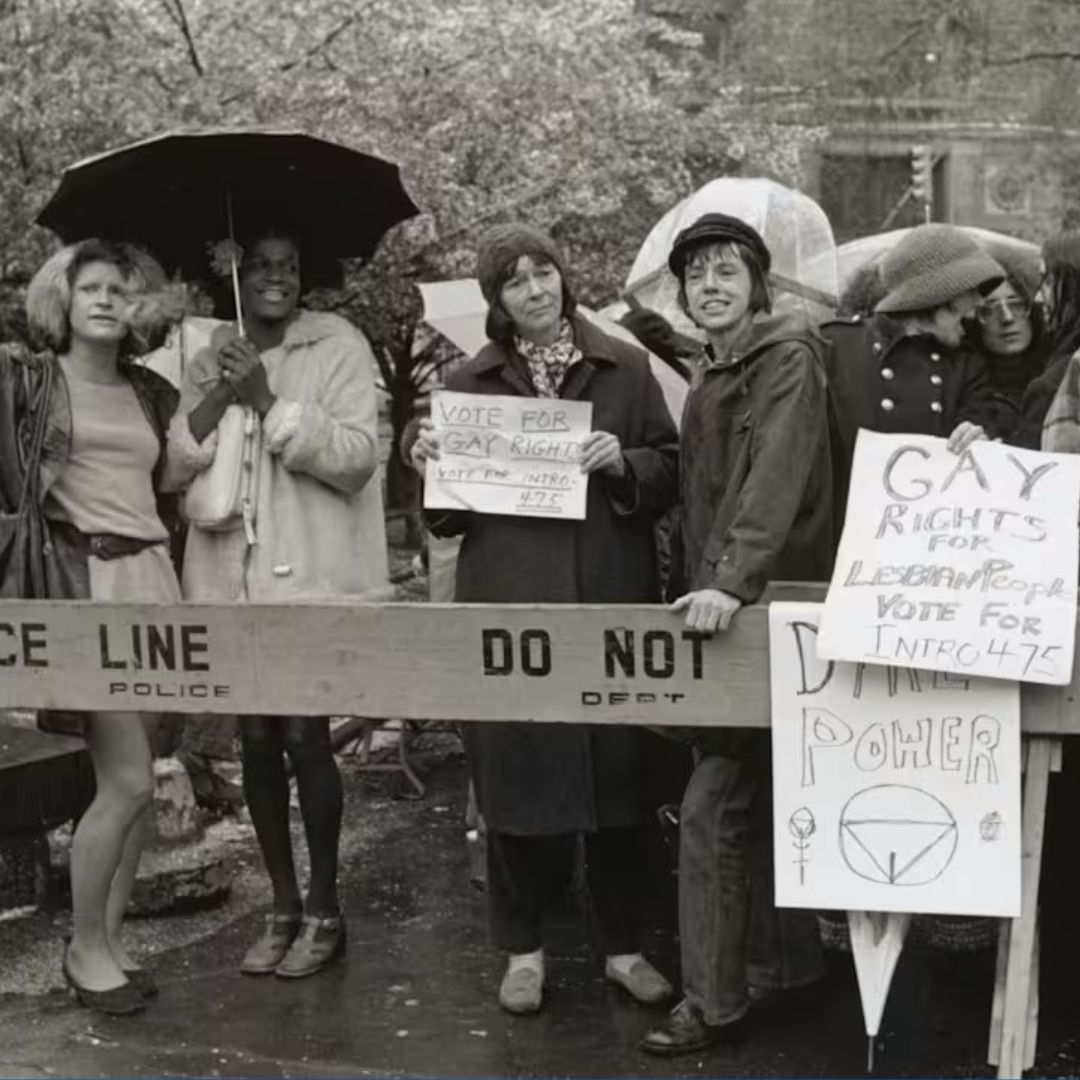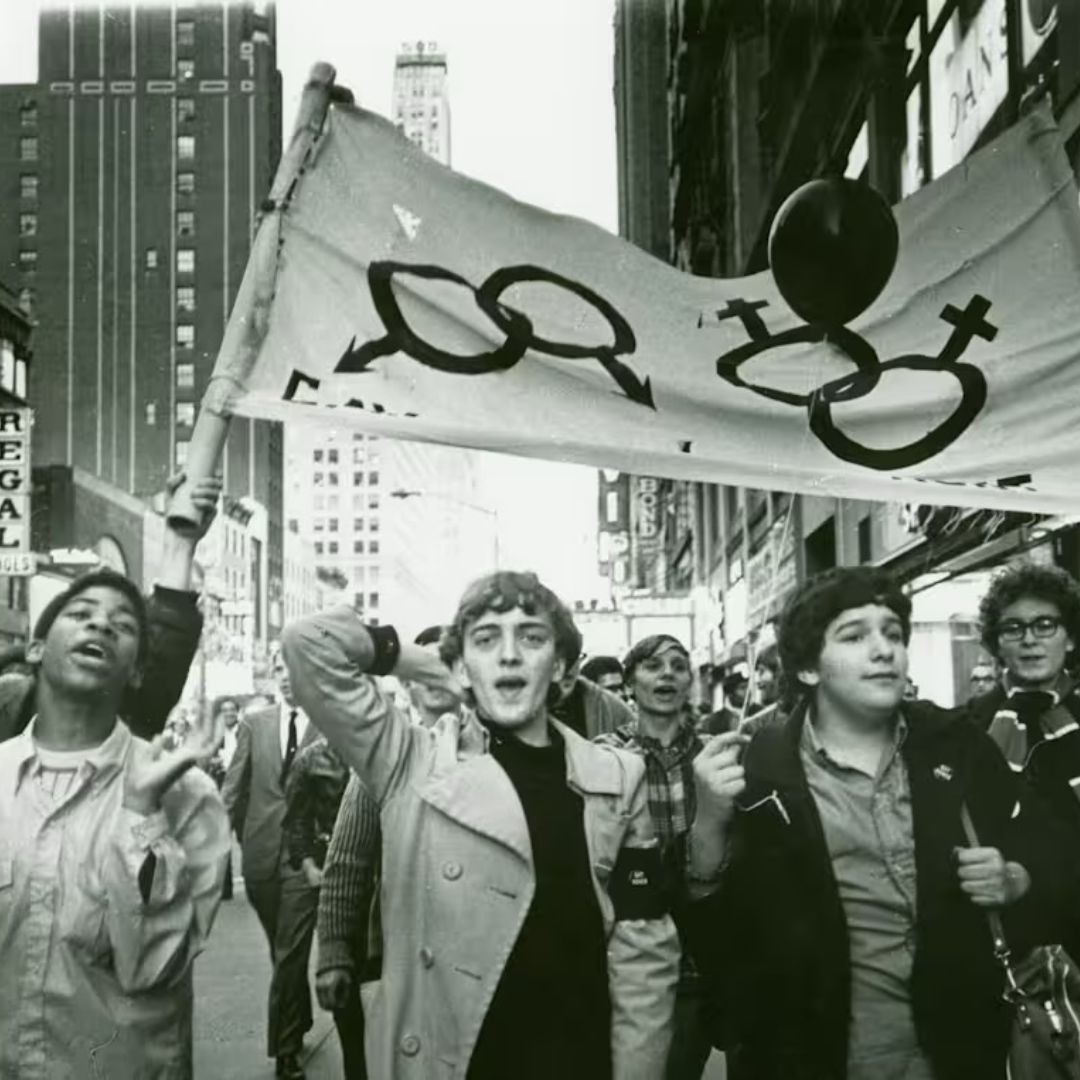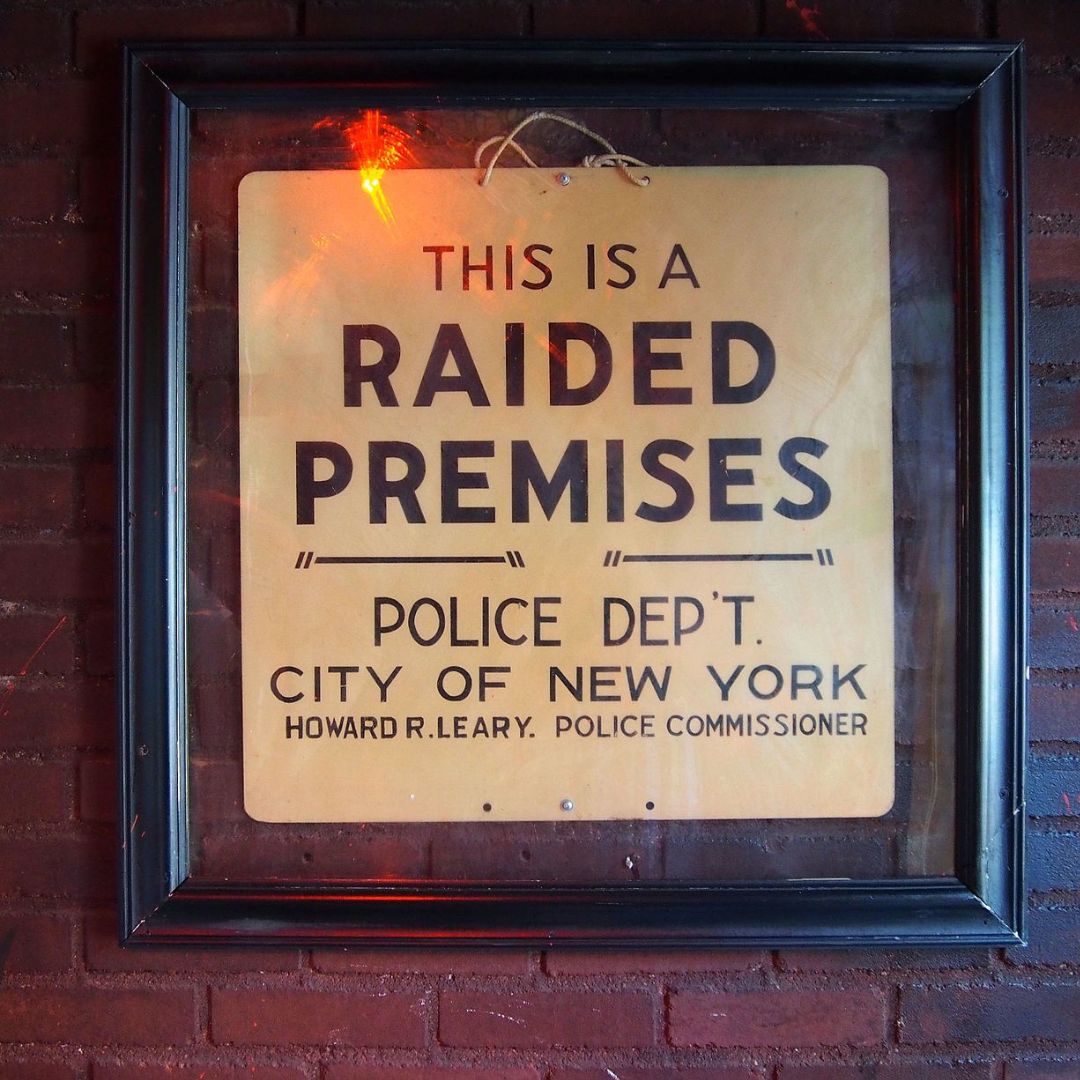On June 28, 1969, something revolutionary happened in the early morning hours at a small bar in New York City’s Greenwich Village called The Stonewall Inn.

After years of police harassment and legal persecution, a routine police raid on this Mafia-owned gay bar turned into a spontaneous, multi-night uprising that is now widely credited as the spark that ignited the modern LGBTQ+ rights movement.
But the roots, and repercussions, run deeper than a single night of resistance.
Why Was Stonewall Different?
Raids on gay bars were common in the 1960s. LGBTQ+ people were criminalized and brutalized, often forced to hide their identities or risk arrest, job loss, and public shame.
But the patrons at Stonewall — a diverse crowd including drag queens, transgender people, homeless queer youth, lesbians, and gay men — fought back.
Historians believe that escalating tensions from years of police violence, civil rights movements, anti-war protests, and the assassination of Martin Luther King Jr. all contributed to this moment exploding with such fury.
Among those who resisted were figures like Marsha P. Johnson and Sylvia Rivera, two trans women of color who would become central to LGBTQ+ activism in the years to come.

The first night led to several more nights of protests and clashes with police, and although Stonewall was not the first act of queer resistance (for example, the 1966 Compton’s Cafeteria Riot in San Francisco), it quickly became the most symbolically powerful.
The First Five Years: A Movement Takes Shape
In the immediate aftermath of Stonewall, LGBTQ+ organizing exploded across the U.S. and internationally.

In 1969 alone, groups like the Gay Liberation Front (GLF) and Gay Activists Alliance (GAA) formed in New York City, aiming to challenge institutional oppression and advocate for liberation, not just assimilation.
In 1970, on the one-year anniversary of the uprising, the first Christopher Street Liberation Day March was held in New York City — widely recognized as the first Gay Pride parade.
Other cities including Los Angeles, San Francisco, and Chicago followed, creating an annual tradition that now spans the globe.
These early years saw a radical surge of queer activism intersecting with feminism, Black Power, anti-war movements, and other liberation struggles, challenging not just homophobia, but capitalism, patriarchy, and white supremacy.
In 1973, homosexuality was finally declassified as a mental disorder by the American Psychiatric Association — a direct result of LGBTQ+ protests and “zap” activism targeting psychiatric conventions.
So Is The Stonewall Inn the Origin?
In a symbolic sense, yes — The Stonewall Inn is regarded as the birthplace of the modern LGBTQ+ rights movement.

But it’s more accurate to see it as a catalyst rather than the origin.
Earlier activism had laid the groundwork, including the Mattachine Society and the Daughters of Bilitis, who worked through quieter, assimilationist approaches in the 1950s and early 1960s.
Stonewall marked the moment the movement turned militant, proud, and public.
It shifted queer identity from something to be hidden into something to be embraced, loudly and visibly.
Legacy and Lasting Impact
Since Stonewall, the LGBTQ+ rights movement has grown into a global force, achieving historic legal and cultural victories including marriage equality, anti-discrimination laws, trans visibility, and widespread Pride celebrations.
In 2016, President Barack Obama designated The Stonewall Inn and its surrounding area a National Monument — the first U.S. monument to LGBTQ+ history.
The movement continues to evolve, now grappling with issues of intersectionality, racial justice, trans rights, healthcare access, and global solidarity.
But Stonewall remains its beating heart — a reminder that pride was born from protest, and that queer liberation has always been a radical act of defiance, community, and joy.



